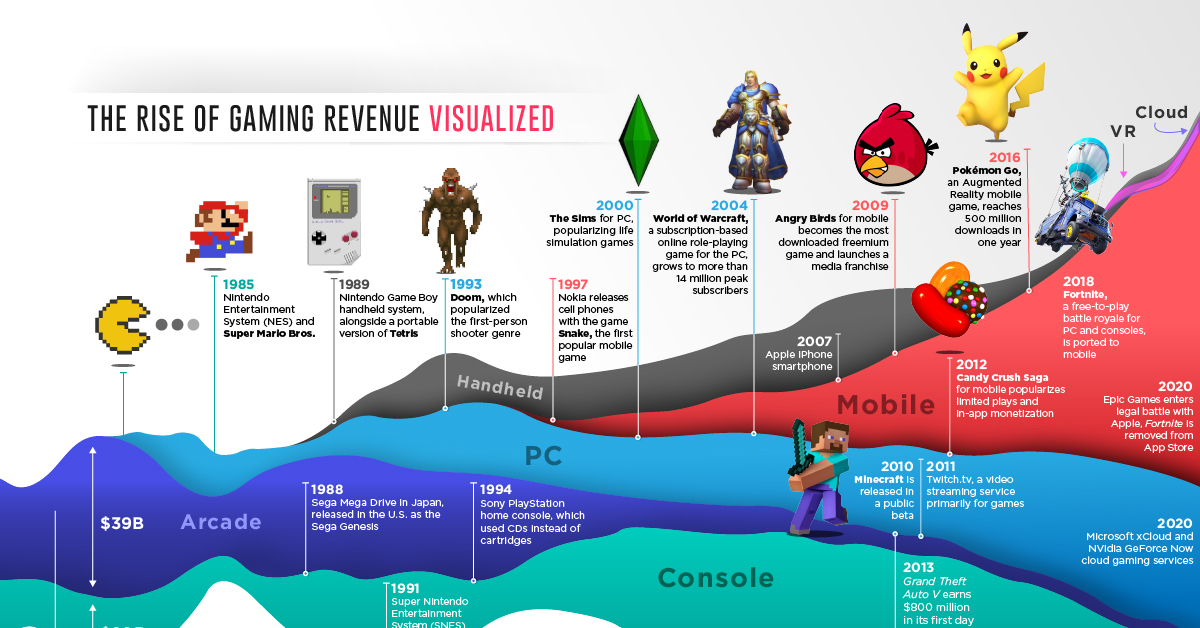The Evolution of Two-Player Online Gaming: A Look at the Landscape in 2025
Related Articles: The Evolution of Two-Player Online Gaming: A Look at the Landscape in 2025
Introduction
With great pleasure, we will explore the intriguing topic related to The Evolution of Two-Player Online Gaming: A Look at the Landscape in 2025. Let’s weave interesting information and offer fresh perspectives to the readers.
Table of Content
The Evolution of Two-Player Online Gaming: A Look at the Landscape in 2025

The year 2025 promises a transformative landscape for online gaming, particularly for the realm of two-player experiences across separate computers. The convergence of advancements in technology, connectivity, and game design has paved the way for a new era of interactive entertainment, where distance no longer serves as a barrier to shared gaming moments. This exploration delves into the key elements shaping this evolution, outlining the benefits, challenges, and potential future directions of this burgeoning field.
The Technological Foundation:
The foundation of online two-player gaming in 2025 rests on a bedrock of advancements in several key areas:
- Ubiquitous High-Speed Connectivity: The widespread availability of high-speed internet access, including fiber optic and 5G networks, eliminates latency issues that plagued earlier online gaming experiences. This enables seamless, real-time gameplay without lag, crucial for competitive and cooperative games.
- Enhanced Processing Power: Advancements in processors, GPUs, and cloud computing platforms provide the necessary computational power to render complex graphics and physics simulations, pushing the boundaries of visual fidelity and gameplay mechanics.
- Advanced Network Infrastructure: The evolution of network infrastructure, including dedicated gaming servers and optimized routing protocols, ensures stable and reliable connections for online gaming, minimizing disconnections and disruptions.
- Immersive Virtual Reality (VR) and Augmented Reality (AR): VR and AR technologies are poised to revolutionize online gaming, offering players a more immersive and interactive experience. Imagine two players collaborating in a virtual world, each manipulating their environment in real-time, or engaging in a thrilling AR duel overlaid onto their physical surroundings.
The Landscape of Games:
The games themselves are undergoing a dramatic transformation, fueled by the technological advancements described above:
- Expansion of Genres: Online two-player gaming is no longer limited to specific genres. Expect to see a wider range of experiences, from cooperative puzzle games and strategy titles to competitive esports, action-adventure, and role-playing games.
- Enhanced Gameplay Mechanics: Game developers are leveraging these advancements to introduce innovative gameplay mechanics. This includes dynamic environments, advanced AI opponents, and a deeper level of player interaction, fostering a more engaging and immersive experience.
- Cross-Platform Play: Breaking down the barriers between different gaming platforms (PC, consoles, mobile devices) is becoming increasingly common. This allows players to connect and play with friends regardless of their chosen device, broadening the potential player base.
- Emergence of New Platforms: The rise of cloud gaming platforms allows players to stream games directly to their devices, eliminating the need for expensive hardware. This accessibility opens up new opportunities for online two-player gaming, especially for players with limited resources.
The Benefits of Two-Player Online Gaming:
The benefits of online two-player gaming extend beyond the realm of entertainment, encompassing social, cognitive, and emotional dimensions:
- Social Connection: Online gaming provides a platform for fostering social connections, bridging geographical distances, and creating shared experiences with friends and family.
- Enhanced Communication and Collaboration: Cooperative games encourage players to communicate effectively, strategize, and work together towards a common goal, fostering teamwork and problem-solving skills.
- Cognitive Stimulation: Many games challenge players’ cognitive abilities, requiring strategic thinking, spatial reasoning, and quick decision-making, contributing to mental agility and cognitive development.
- Emotional Release: Gaming can provide an outlet for stress relief and emotional expression, offering a space for players to escape from daily pressures and engage in activities they enjoy.
Challenges and Considerations:
While the future of online two-player gaming looks promising, several challenges and considerations remain:
- Cybersecurity and Privacy: The online nature of gaming necessitates robust cybersecurity measures to protect players from hacking, data breaches, and online harassment. Ensuring player privacy and data security is paramount.
- Accessibility and Inclusivity: Ensuring that online gaming is accessible to all players, regardless of their physical abilities or socioeconomic background, requires addressing issues related to cost, technology access, and inclusivity in game design.
- Responsible Gaming: Promoting responsible gaming practices, including setting time limits, avoiding excessive spending, and recognizing signs of addiction, is crucial for ensuring a healthy and balanced gaming experience.
FAQs:
Q: What are the most popular genres for online two-player games in 2025?
A: Competitive multiplayer games, cooperative adventure titles, and strategy games are expected to remain popular. Emerging genres like VR and AR games will also gain traction.
Q: How does latency affect online two-player gaming?
A: Latency, or the delay in communication between players, can lead to lag and disrupted gameplay. High-speed internet and optimized network infrastructure are crucial for minimizing latency and ensuring a smooth experience.
Q: What are the ethical considerations surrounding online two-player gaming?
A: Ethical considerations include ensuring fairness and balance in gameplay, protecting player data and privacy, addressing potential addiction, and promoting responsible gaming practices.
Q: What are the future trends in online two-player gaming?
A: Future trends include the integration of VR and AR, the rise of cloud gaming platforms, the development of more immersive and interactive experiences, and the increasing focus on esports and competitive gaming.
Tips for Enjoying Online Two-Player Gaming:
- Choose games that align with your interests and play style.
- Communicate effectively with your partner, strategize, and coordinate your actions.
- Set time limits and prioritize other activities to maintain a healthy balance.
- Be respectful of your partner and other players, fostering a positive and inclusive gaming environment.
Conclusion:
The future of online two-player gaming across separate computers is bright, fueled by technological advancements and a growing demand for shared gaming experiences. As the landscape continues to evolve, the focus will shift towards creating more immersive, engaging, and accessible games that foster social connections, enhance cognitive skills, and provide a platform for entertainment and escapism. By addressing the challenges and embracing the opportunities presented, online two-player gaming has the potential to become an even more integral part of our social and cultural fabric, bringing people together across physical boundaries and enriching our lives in countless ways.








Closure
Thus, we hope this article has provided valuable insights into The Evolution of Two-Player Online Gaming: A Look at the Landscape in 2025. We hope you find this article informative and beneficial. See you in our next article!